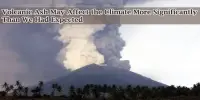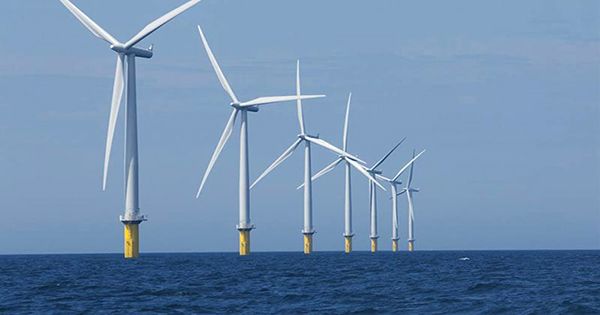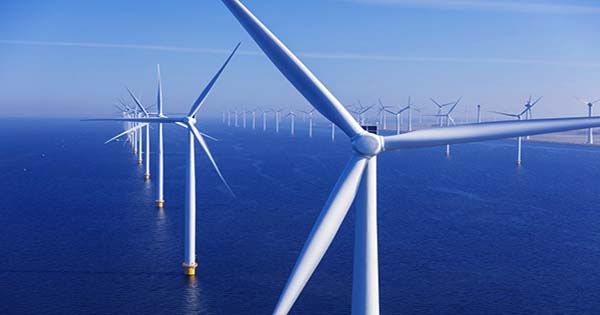Recent decades have seen an increased melting of the Greenland ice sheet, which may have caused a 1.4 mm/year rise in sea level. It has three glaciers with a floating tongue (floating ice attached to a glacier emerging into the sea) remaining, with Nioghalvfjerdsbrae (located at 79 degrees latitude north so colloquially termed 79NG) being the focus of a new study reported in The Cryosphere regarding the effects of climate change on its decline.
The Greenland ice sheet is a massive ice cap located on the island of Greenland, which is an autonomous territory within the Kingdom of Denmark. It is the second-largest ice sheet in the world, after the Antarctic ice sheet, and it covers approximately 1.7 million square kilometers (660,000 square miles) of the island’s surface. The ice sheet is up to 3 kilometers (1.9 miles) thick in some places and contains a significant portion of the world’s freshwater ice.
This ice tongue has thinned 42% since 1998, losing an average of 38 m of ice thickness since 2018, according to research by Dr. Ole Zeising of the Alfred Wegener Institute at the Helmholtz Center for Polar and Marine Research in Germany and collaborators. According to the scientists, this is because warmer currents from the ocean are bringing more melting and glacier retreat to the region.
Research since 2010 has used airborne radar to generate images of the surface and internal structure of the glacier, finding that a 500-meter-high and 1-kilometer-wide subglacial (under the glacier) channel has eroded the glacier at the base due to the inflow of warm Atlantic intermediate water (saline water mass originating in the Atlantic that flows at 500 m to 1000 m depth) at temperature exceeding 1°C.
This Atlantic intermediate water transports salty, thick water to the glacier’s base where it seeps into the crevasse and warms the ice around it, melting it. The more buoyant meltwater then rises higher into the subglacial cavity and accelerates melting at the glacier’s base.
As a result, distributary subglacial channels have formed and expanded downstream beneath the glacier, further accelerating melting. A water column thickness reaching 140 m has been observed for these two water masses in the cavity.
This subglacial melting has resulted in the overall glacier surface lowering by 7.6 m/year and meltwater flowing at a rapid 150 m/year (predominantly in summer, reducing to almost zero for the remaining months).
The glacier surface has decreased by about ~57 m in one place since 2010. This subglacial canal is vulnerable to melting above and below since there is only 190 m of ice remaining on top of it, which is only 30% of the thickness of the ice around it.
greater meltwater volumes and rates are also predicted to result from the glacier’s greater summer melting in response to the warmer air temperatures brought on by global warming.
Indeed, the researchers found that the temperature was above 0°C 50% of the time over 70km of the glacier since 2005, increasing summer surface melt. The glacier’s calving front has developed noticeable fissures, which may be a sign of impending breakup and will accelerate glacier retreat.
Dr. Zeising notes that previous studies up to 2014 found that the glacier had retreated by 30% since 1999, so conclude that the 42% decline up to the present does not currently suggest an acceleration of melting in recent years. This does not preclude the possibility that ice albedo feedbacks and century-long warming will alter this course.
Ice albedo feedbacks function by causing the ‘white’ ice to melt, exposing more of the ‘black’ land to the incoming solar radiation from the sun. Therefore, the land rather than being reflected back out to space, causing melting of the neighboring snow, which exposes more ‘dark’ surface, absorb more of this radiation and so the loop continues.
A nice comparison is to imagine wearing black clothing in the summer instead of white, which helps to reflect heat and preserve cooler temperatures. Black clothing keeps you warmer.
However, as long as climate change continues, our ice sheets will continue to melt and the polar regions will be increasingly vulnerable to the effects of warmer oceans, which will have a variety of negative repercussions on the wildlife that lives in these environments.
















